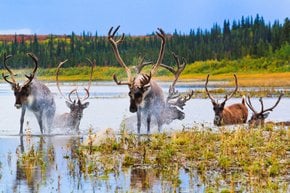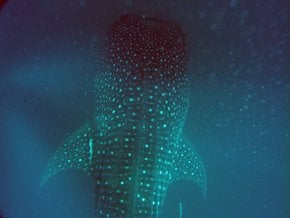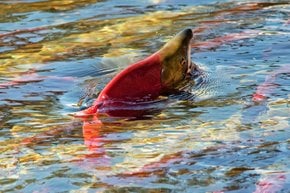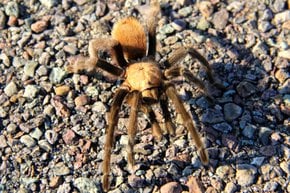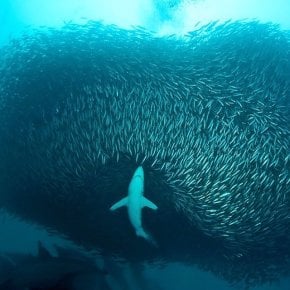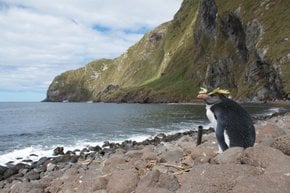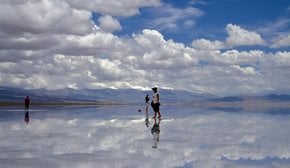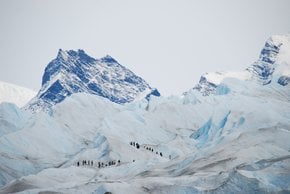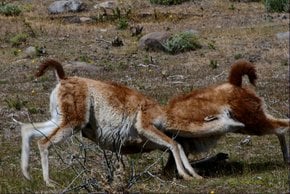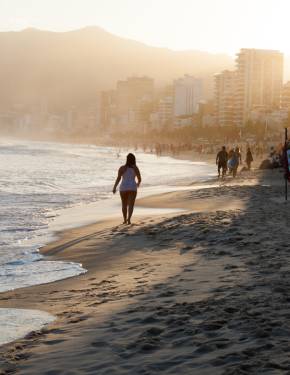Penguins Migration in Argentina 2025-2026
With the beginning of spring in the Southern Hemisphere, Argentina becomes home to a huge Magellanic Penguin colony
Best time: November–mid-April
Every year the Magellanic Penguins come to the shore of Argentinian Patagonia to nest, mate, incubate their eggs, feed their offsprings and prepare them for migration. Near Puerto Madryn you'll find the Peninsula of Punta Tombo which also is a penguin reserve.
Best time to see penguins in Argentina
The peninsula is essentially a 1.8-mile (3-kilometer) long and 1.968-foot (600-meter) wide rock formation covered in sand, gravel, and clay. Here, the penguins make their nests and, later in October, lay eggs. Usually, the females lay two eggs, each of which needs 40 days of incubation. Both the male and female take part in the incubation process as well as in feeding the chicks later after they hatch.
After November, when chicks hatch, visiting the colony is especially a good idea since you can watch millions of penguins running around in search of their babies, feeding them and teaching them some basic penguin skills. This continues until March when the colony that consists of almost a million penguins becomes even larger and migrates for the winter months.
Where to see penguins in Argentina
Punta Tombo
The national reserve of Punta Tomb, home to the largest Magellanic penguin colony in the world, welcomes penguins in September as they come to lay eggs. They remain until March or April, when they leave again. December and February are the best months when visitors have a chance to see both adults and chicks.
Guests can choose between two pathways, which they must stay according to the instructions: the shorter path is 2.132 feet (650 meters) return, and the longer is 2.1 miles (3,5 kilometers) round trip. The walking paths give opportunities to get close to the nests and observe penguins crossing the path as they head to and from the sea.
An adult admission (ages 12 and older) to Punta Tombo is AR$8,500 for international visitors, AR$2,800 for Argentinian citizens, and AR$1,400 for Chubut residents. A junior admission (ages 6 to 11) is AR$ 4,200 for international visitors and AR$ 1,400 for Argentinian citizens and Chubut residents. Pensioners and retired visitors aged 60 and older pay AR$1,400, and admission is free for children aged 0 to 5.
El Pedral Reserve
The Magellanic penguins’ colony can also be spotted in El Pedral Reserve every year in September. They settle near the mouth of the Golfo Nuevo so that visitors can join a small group tour departing from Puerto Madryn for a great one-day trip experience. Adults tickets cost ARS$ 180, juniors tickets (ages 4 to 12) are ARS$ 90, and children (ages 0 to 3) can enter free of charge.
Ushuaia, Tierra del Fuego
Tierra del Fuego is a favored nesting area for King Penguins, with the first arrival in early October; however, the population is highest between November and February. You can take a 2-day tour, crossing the Strait of Magellan from Punta Arenas to reach the nesting site, which will cost you $921 per person a group of four and $1,208 per person for a group of two.


















